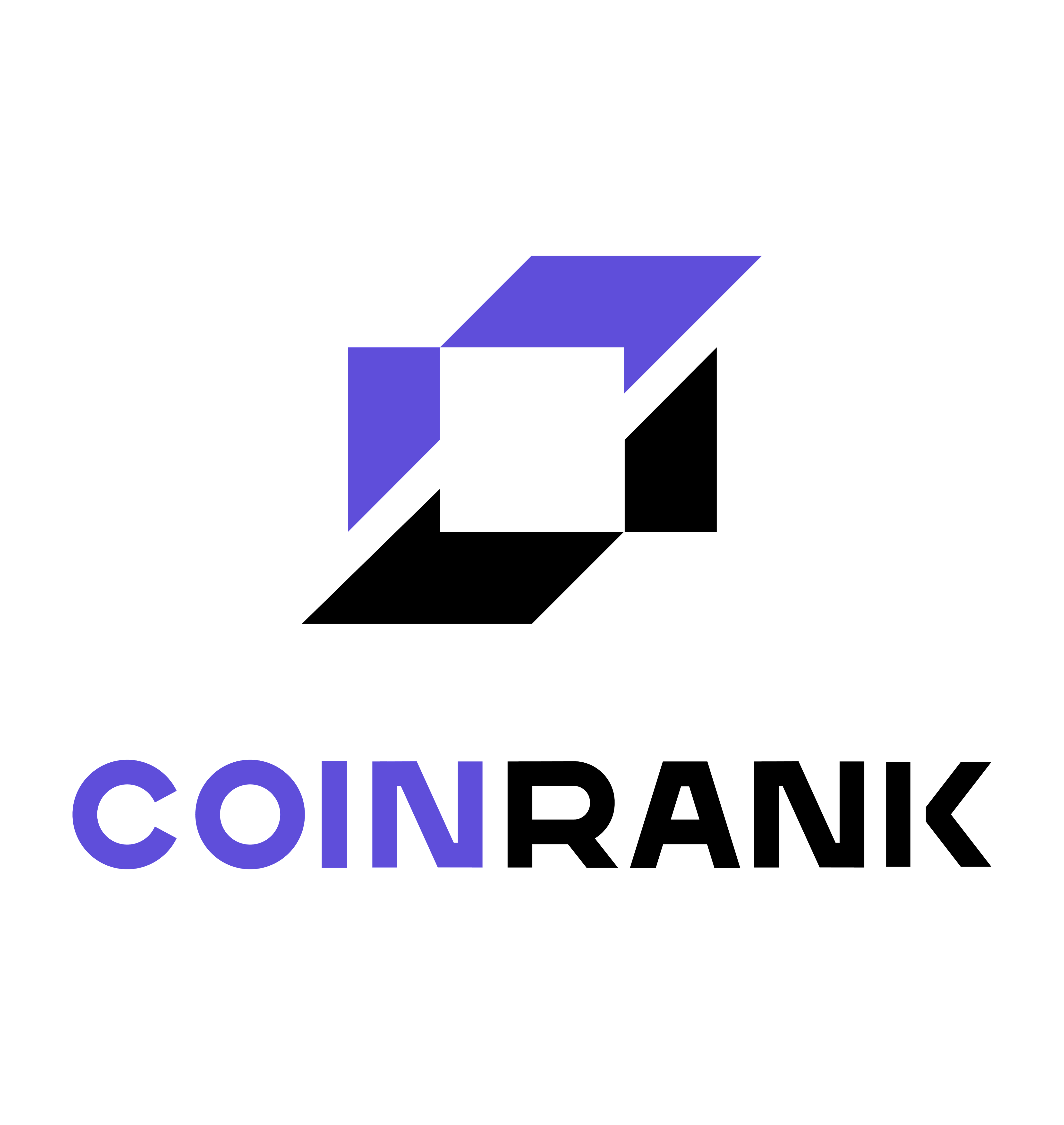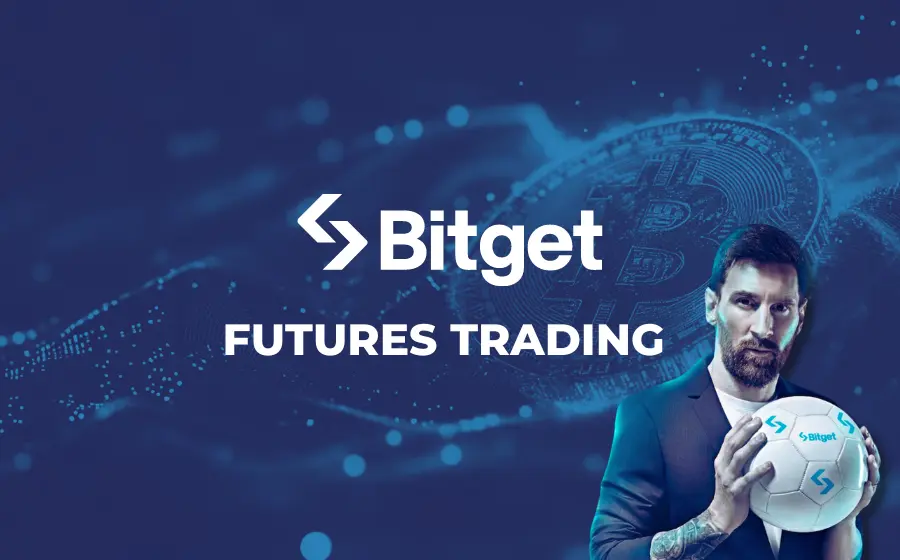
KEYTAKEAWAYS
- Stablecoins now account for over $218B—8% of the global crypto market—surpassing their 2022 peak, signaling strong post-UST recovery and investor confidence.
- Real-world adoption is surging, with users leveraging stablecoins for payments, yield, and currency hedging, especially in emerging markets.
- Major financial players like Visa, PayPal, and Stripe are integrating stablecoins, while U.S. policy shifts support compliant innovation over CBDCs.

CONTENT
At Hong Kong Web3 Festival, JD’s Chief Economist Dr. Shen explores how stablecoins are reshaping global finance with rapid growth, real-world use, and rising institutional adoption.
In April 2025, at the Hong Kong Web3 Festival, Dr. Shen Jianguang, Chief Economist at JD Group, delivered a keynote speech titled “Accelerating Integration of Stablecoins and Traditional Financial Systems.” His presentation offered a comprehensive analysis of the development trends, use cases, market structure, and regulatory shifts around stablecoins. It highlighted how stablecoins are rapidly becoming a critical component of the global crypto ecosystem while gradually integrating into the traditional financial sector.
RECOVERY & MARKET CAPITALIZATION GROWTH OF STABLECOINS
Since the second half of 2023, the crypto market has seen a strong recovery, gradually moving past the shock caused by the collapse of TerraUSD (UST) in 2022. As of March 31, 2025, global crypto market capitalization reached approximately $2.7 trillion, with stablecoins accounting for nearly $220 billion, representing over 8% of the market—significantly surpassing the peak in April 2022.
🔎Breakdown of market capitalization:
- Bitcoin (BTC): $1.67 trillion
- Ethereum (ETH): $227 billion
- Stablecoins: $218.86 billion
- Other assets: Over $611 billion
📌 U.S. Dollar-Pegged Stablecoins Remain Dominant
U.S. dollar-pegged stablecoins continue to dominate the market. USDT accounts for 67.5%, while USDC holds 21.5%—together making up nearly 90% of the stablecoin market. Non-USD stablecoins, such as those pegged to the euro, Hong Kong dollar, and Chinese yuan, have emerged but remain relatively small in scale.
>>> More to read: What is Stablecoin ? Stable Virtual Assets
EXPANDING REAL-WORLD USE CASES
Stablecoins are rapidly expanding beyond cross-border payments into mainstream commercial and investment scenarios. A 2024 Visa survey in emerging markets such as Brazil, India, and Indonesia revealed that:
- 47% of users store funds in stablecoins
- 43% use them for better currency conversion rates
- 39% seek to earn yield
Some users also use stablecoins as a hedge against local currency volatility or devaluation.
ADVANTAGES IN CROSS-BORDER PAYMENT EFFICIENCY & COST
Stablecoins are becoming increasingly vital in cross-border trade due to their dual advantages of speed and cost efficiency.
✅ Improved efficiency:
- Traditional remittances often take up to 5 business days, with about 30% of transactions requiring over 1 day to settle
- Using blockchain-based stablecoins, 100% of transactions can be completed within the same day
✅ Lower costs:
- Average traditional remittance cost: 6%–7%
- Using high-performance blockchains like Solana, the cost per transfer is only $0.00025 USD
Platforms like Coinbase’s Base, Binance Pay, and others are already supporting stablecoin use in retail payments and peer-to-peer transfers, further lowering financial barriers.
>>> More to read: Solana’s Lily Liu at Hong Kong Web3 Festival
MAINSTREAM FINANCIAL INSTITUTIONS JOIN THE TREND
More traditional financial institutions are integrating stablecoins into their payment and settlement infrastructure:
- 2021: Visa and Crypto.com launched a USDC cross-border payment pilot
- 2024: PayPal rolled out PayPal USD for buying, holding, and using crypto
- October 2024: Stripe enabled USDC payments via its Bridge platform
- March 2025: USDC issuer Circle partnered with GCash to support stablecoin usage in mobile wallets across Southeast Asia
SUPPORTING INNOVATION & GLOBAL RIPPLE EFFECTS
On the regulatory front, the U.S. has shifted toward a more innovation-friendly stance under the Trump administration. In January 2025, a presidential executive order explicitly supported the development of legal and compliant stablecoins, while opposing the introduction of a central bank digital currency (CBDC).
In February 2025, U.S. Congress proposed two major legislative frameworks for stablecoins, including the GENIUS Act, aiming to unify regulatory oversight. Another executive order in March 2025 called for the establishment of a federal reserve of stablecoins and other digital assets.
Globally, since 2020, 47 countries have introduced or enhanced regulatory frameworks to support crypto innovation, while only 4 countries have imposed restrictions. Notably:
- Russia, Turkey, Argentina, and Nigeria legalized aspects of Bitcoin in 2024
- Hong Kong permitted broader crypto access in 2023
- Venezuela banned Bitcoin mining in 2024
These developments reflect a broader global trend toward “innovation-driven regulation”, balancing technological advancement with financial stability.
CONCLUSION
Stablecoins are evolving from a niche crypto instrument into a foundational financial tool spanning payments, investment, and savings. With stronger institutional support and favorable regulatory tailwinds, the integration of stablecoins with traditional finance is accelerating globally.
>>> More to read:
TON Day Shines at Hong Kong Web3 Festival
Hong Kong Web3 Festival 2025: Exploring the Future of Multi-Chain and UX

















